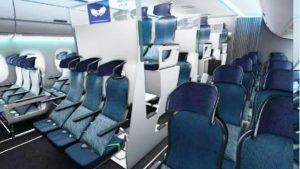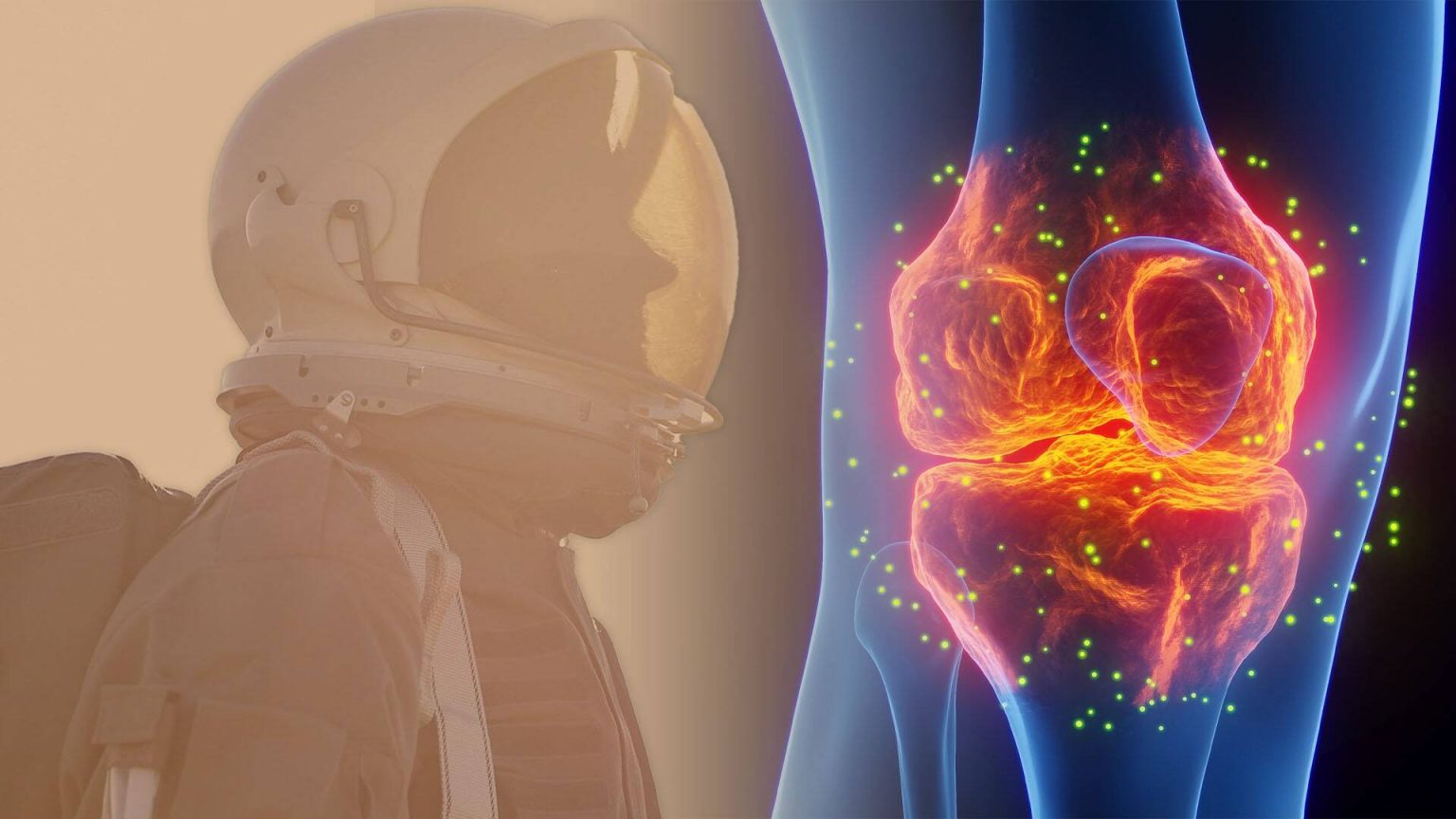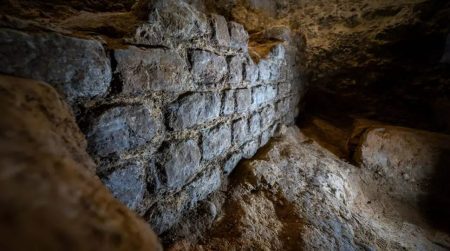Space Training: Jumping for astronauts
Astronauts, including those on space missions, must undergo rigorous exercise routines, particularly during long sabbads such as those spent studying on the International Space Station (ISS). The ISS is aclosed environment where astronauts spend approximately two hours per day on stationary equipment—footinged treadmills,自行步行机, and personal stability bikes. However, the benefits of exercise during space missions are unexplored, and this study suggests that jumping may be an optimal form of training.
*Researchers at John Hopkins University conducted a study comparing different exercise methods. They observed that jumping training effectively increases knee cartilage thickness, reducing joint damage associated with long-duration space exposure. In mice trained to jump, cartilage growth was four times thicker compared to controls, suggesting that the muscle-to-tissue ratio in joints in humans can be amplified by this form of exercise. This finding supports the idea thathani-based training may be a cost-effective and time-efficient alternative for astronauts.
*Space exploration poses unique challenges to the human body, including bone density loss in critical areas like the legs and spine, as well as muscle atrophy.研究表明, ISS astronauts experience 1-1.5% annual blood loss from mineral Density, which compounds over time and leads to aging. Jump training appears to mitigate these effects by reducing cartilage damage and increasing joint stability. For instance, a study found that mice trained to jump three times a week had significantly thicker cartilage, offering a plausible approach for human recovery.
*While astronaut fitness is exponentially important during long sabbads on the ISS, the real risks persist—internal_checked hazard of multi-groove Sports accidents,箜康痛症, or optimize the装备 for live space travel. Jump training raises a key concern: it may not directly prevent musculoskeletal issues that become more frequent as astronauts remain in space. Additionally, this form of exercise impairs leg strength, which is critical for performing missions requiring leg mobility and active participation in spacewalks and other activities.
Research suggests that astronauts require personalizedabolic acceleration to recover from long-duration spaceflight. A study published in Vertical Medicine* highlighted that minimal daily efforts (typically around 100 minutes) are insufficient to prevent knee and hipianiAGMENT rejuvenation during long missions. Jump training appears to address the primary issue—reducing cartilage damage—and improve short-term recovery. These findings, supported by animal studies, underscore the potential benefits of adoptingjump training as a management tool for astronauts. Ultimately, while
jump training and space sport may not directly prevent musculoskeletal damage, they offer a promising winter against the challenges of living long disruptures on Mars or beyond.











